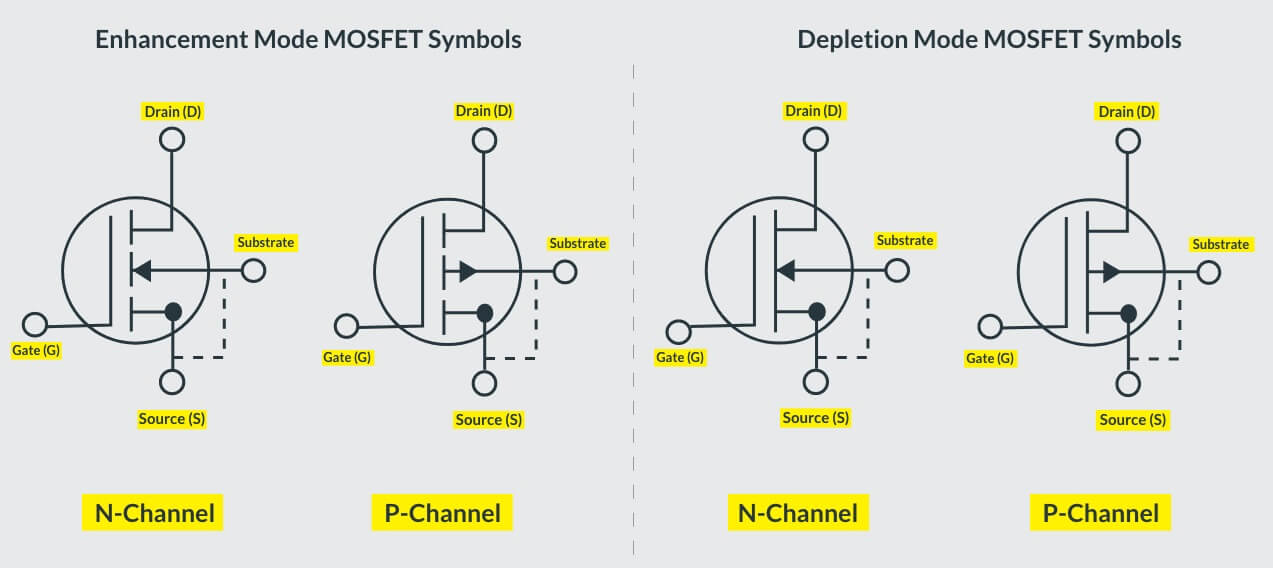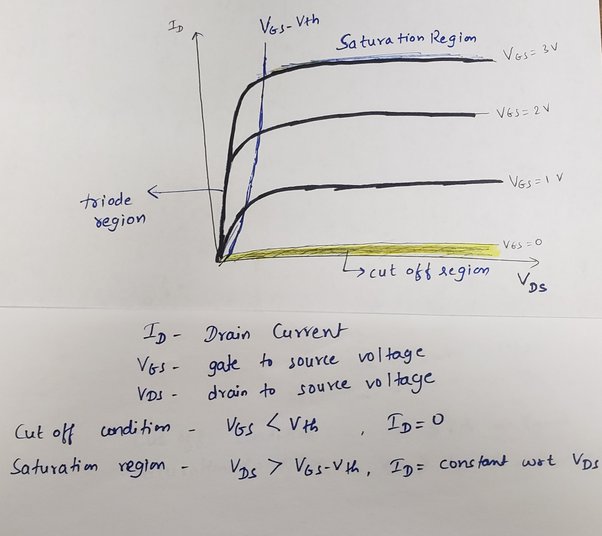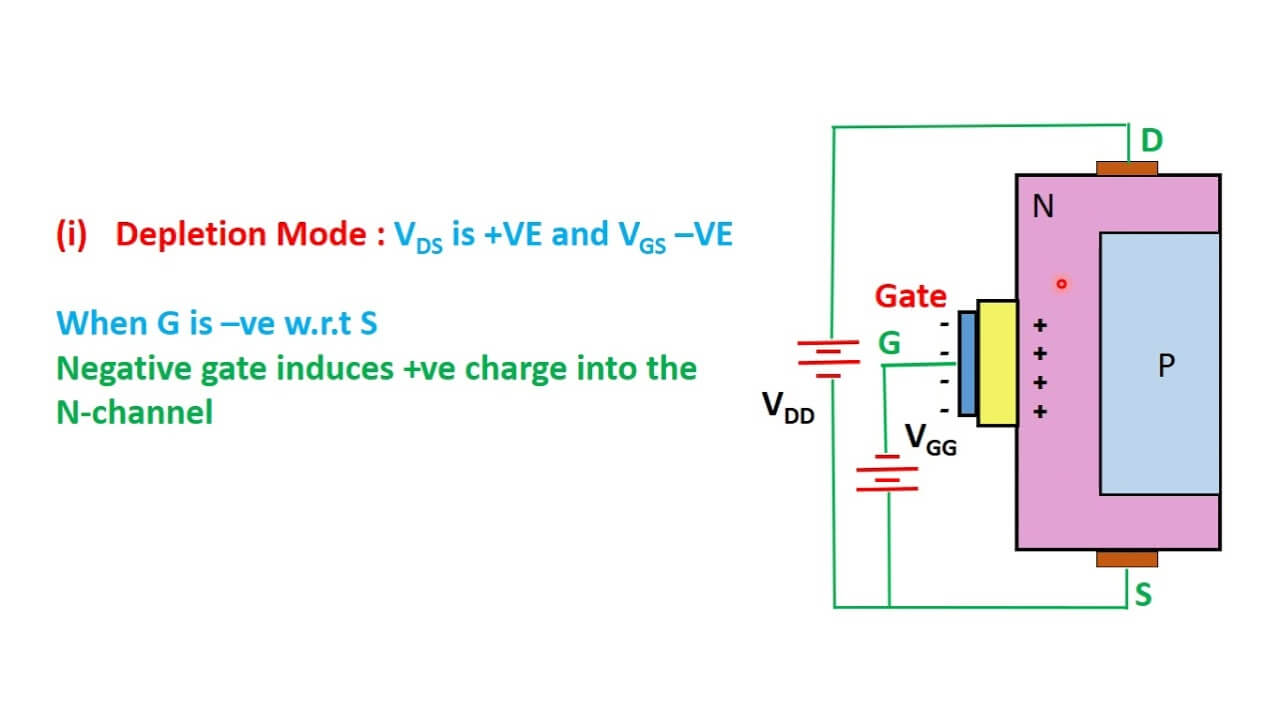Alright, so the other day I was messing around with MOSFETs again. You hear all this talk about ‘saturation mode,’ and yeah, I’ve seen the datasheets, the graphs, all that. But I figured, why not just sit down and really poke at it, see it happen with my own eyes on the bench. Sometimes you just gotta do it yourself to get a real feel for things, you know?

Setting Up the Mess
So, I dug out my trusty breadboard, the one that’s seen a few too many late-night projects. Grabbed an N-channel MOSFET – I think it was one of those common 2N7000 types, nothing fancy. You need a couple of power supplies for these things if you wanna play properly: one for the gate-to-source voltage, that’s your Vgs, and another for the drain-to-source, Vds. And a resistor on the drain, of course. Didn’t want to let the magic smoke out on day one. My multimeter was ready to go, because what’s the point if you can’t measure what’s going on?
First Pokes and Prods
First off, I kept the gate voltage (Vgs) super low, almost zero. And, no surprise, the MOSFET was basically off. Like a closed tap. No current flowing from drain to source, or at least nothing my meter could pick up easily. Okay, that’s cut-off mode, check.
Then, I started to slowly increase Vgs, just a little, to get the MOSFET to turn on. But I kept Vds pretty low too. In this state, the MOSFET started acting kinda like a variable resistor. If I increased Vds a bit, the drain current (Id) went up. If I increased Vgs a bit more, the ‘resistance’ seemed to drop, and more current would flow for the same Vds. This is that triode or ohmic region everyone talks about. Simple enough, it’s like a voltage-controlled resistor.
Chasing Saturation
But the main event I was after was this ‘saturation’ business. This is where things get interesting for stuff like amplifiers. So, the theory goes, you need a decent Vgs to create a good conductive channel, and then you need Vds to be higher than Vgs minus the threshold voltage (Vth). Easier said than done sometimes, just reading it.
I set my Vgs to a solid value, let’s say around 4 or 5 volts. Enough to get a good channel going. Then, I started carefully cranking up the Vds, starting from zero volts.

Initially, as Vds increased, the drain current (Id) also increased. It was pretty much a straight line for a bit, still in that ohmic region, just like before. More push from Vds, more current. Makes sense.
The “Aha!” Moment
But here’s where it got interesting. As I kept pushing Vds higher and higher, the drain current (Id) started to… well, it started to get lazy. It stopped increasing as sharply. And then, as Vds went even higher, the drain current pretty much flattened out! It wasn’t perfectly flat, mind you, there’s always a bit of a slope they call channel length modulation, but compared to before, it was like hitting a plateau. That was it! That was saturation mode.
The current flowing through the drain (Id) was now mostly being dictated by the gate-source voltage (Vgs) I had set earlier. Changing Vds around (as long as it was high enough to stay in saturation) didn’t change Id all that much anymore. The MOSFET was acting more like a constant current source, controlled by Vgs. Pretty cool to see it happen right there on the multimeter display.
- Set Vgs to a fixed, decent level (e.g., 5V).
- Slowly increase Vds from 0V.
- Watch Id: first it rises with Vds, then it levels off. That leveling off is saturation.
Why This Matters (to me, anyway)
Now, why bother with all this? Well, if you’re building an amplifier, this saturation region is golden. You want that stable current that you can control with a small input voltage on the gate. If you’re just using a MOSFET as a switch, you’re usually slamming it fully on (deep in the ohmic region) or fully off (cut-off). But for analog circuits, understanding saturation is key.

It’s one thing to look at equations like Id = K (Vgs – Vth)^2, but it’s another thing entirely to twiddle the knobs and see the current behave just like the textbook says. Or, more often, see it do something weird and then figure out why it’s not doing what the textbook says. That’s where the real learning happens, I think.
So yeah, spending that time just fiddling with it, observing, and thinking, it really helped solidify the concept for me. Way better than just reading about it. If you haven’t done it, give it a shot. It’s not complicated, and you’ll learn a bunch.

